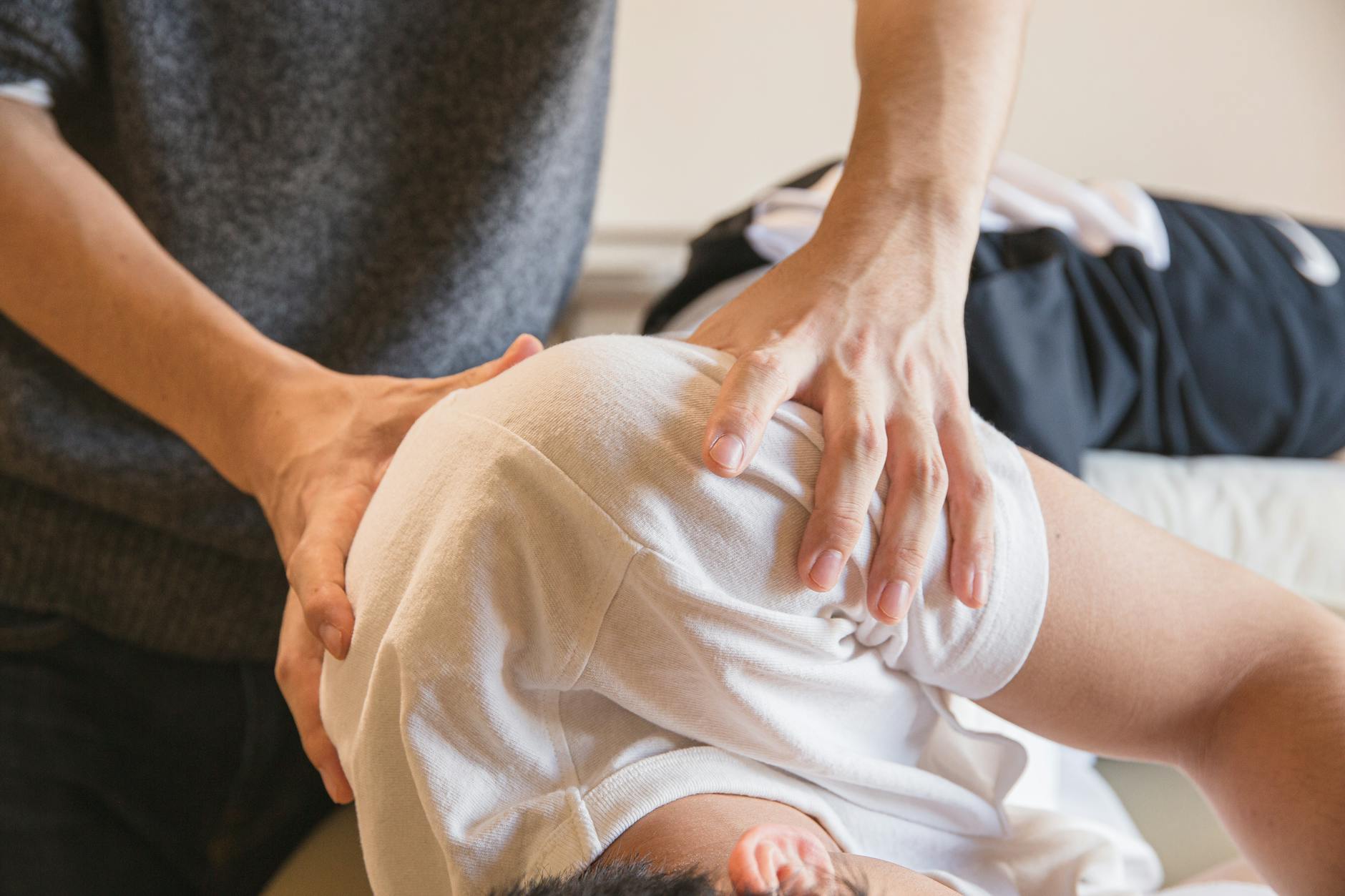Unveil the secrets to banishing the itch for good with this comprehensive guide to treating yeast infections naturally. Say goodbye discomfort!
Table of Contents
Welcome to our comprehensive guide on treating yeast infections. This common condition can be uncomfortable and frustrating, but fear not – we have all the information you need to banish the itch and get back to feeling your best.
What is a Yeast Infection?
A yeast infection, also known as candidiasis, is a fungal infection that causes irritation, itching, and discharge. It is caused by an overgrowth of yeast in the vagina, typically Candida albicans. Yeast infections are common among women, but men can also experience them. Some factors that can increase the risk of yeast infections include antibiotic use, hormonal changes, and a weakened immune system.
Symptoms of Yeast Infections
The symptoms of a yeast infection may vary from person to person, but common signs include:
- Itching and irritation in the vaginal area
- Burning sensation during urination or intercourse
- Abnormal vaginal discharge that is thick, white, and odorless
- Redness and swelling of the vulva
If you are experiencing any of these symptoms, it is important to consult with a healthcare provider for an accurate diagnosis and appropriate treatment.
Diagnosis and Treatment
Diagnosing a yeast infection usually involves a physical examination and a review of your medical history. Your healthcare provider may also perform a pelvic exam and take a sample of vaginal discharge to confirm the presence of yeast.
Treatment for yeast infections typically involves antifungal medications, which can be prescribed in the form of creams, suppositories, or oral tablets. Over-the-counter treatments are also available, but it is important to follow the instructions carefully and consult with a healthcare provider if symptoms persist or worsen.
Home Remedies
In addition to medical treatment, there are several home remedies that may help alleviate the symptoms of a yeast infection. These include:
| Chapter | Topic | Description |
|---|---|---|
| 1 | Understanding Yeast Infections | An overview of what yeast infections are, their causes, symptoms, and risk factors. |
| 2 | Diagnosis | Methods used by healthcare providers to diagnose yeast infections, including tests and examinations. |
| 3 | Treatment Options | Information on various treatment options available, including over-the-counter medications and home remedies. |
| 4 | Prevention | Tips on how to prevent yeast infections from occurring, including lifestyle changes and hygiene practices. |
| 5 | Complications | Potential complications that could arise from untreated yeast infections and how to address them. |
| 6 | FAQs | Answers to frequently asked questions about yeast infections and their treatment. |
| 7 | Additional Resources | Links to websites, books, and other sources for further information on yeast infections. |
- Probiotics, which can help restore the balance of good bacteria in the body
- Yogurt, which contains probiotics and may be applied topically to the affected area
- Garlic, which has antifungal properties and can be consumed or applied topically
- Apple cider vinegar baths, which may help reduce itching and irritation
It is important to note that these remedies may not be suitable for everyone, and consulting with a healthcare provider is recommended before trying them.
Prevention
While yeast infections are common, there are steps you can take to help prevent them from occurring. These include:
- Maintaining good hygiene practices, such as wearing breathable cotton underwear and avoiding scented products
- Avoiding douching, which can disrupt the balance of bacteria in the vagina
- Eating a balanced diet rich in probiotics and avoiding excessive sugar intake
- Managing underlying health conditions, such as diabetes or immune disorders, that may increase the risk of yeast infections
Conclusion
Yeast infections can be uncomfortable, but with the right information and treatment, you can effectively manage and prevent them. If you are experiencing symptoms of a yeast infection, do not hesitate to seek help from a healthcare provider. Remember, you are not alone, and there are resources available to support you in your journey to banish the itch and regain your comfort.
FAQs
Can yeast infections be passed from person to person?
Answer 1: Yeast infections are not considered sexually transmitted infections, but they can be passed back and forth between partners. It is recommended that both partners be treated to prevent reinfection.
Are yeast infections only common in women?
Answer 2: While yeast infections are more common in women, men can also experience them. Men may develop yeast infections on the penis or groin area, typically after sexual contact with an infected partner.
Can stress cause yeast infections?
Answer 3: Stress can weaken the immune system, making the body more susceptible to infections, including yeast infections. Managing stress through relaxation techniques, exercise, and self-care may help reduce the risk of developing a yeast infection.
Are there any foods that can worsen yeast infections?
Answer 4: Foods high in sugar and refined carbohydrates can feed the yeast in the body, potentially worsening yeast infections. It is advisable to avoid or limit the intake of these foods and focus on a balanced diet rich in probiotics and nutrients to support overall health and immune function.





